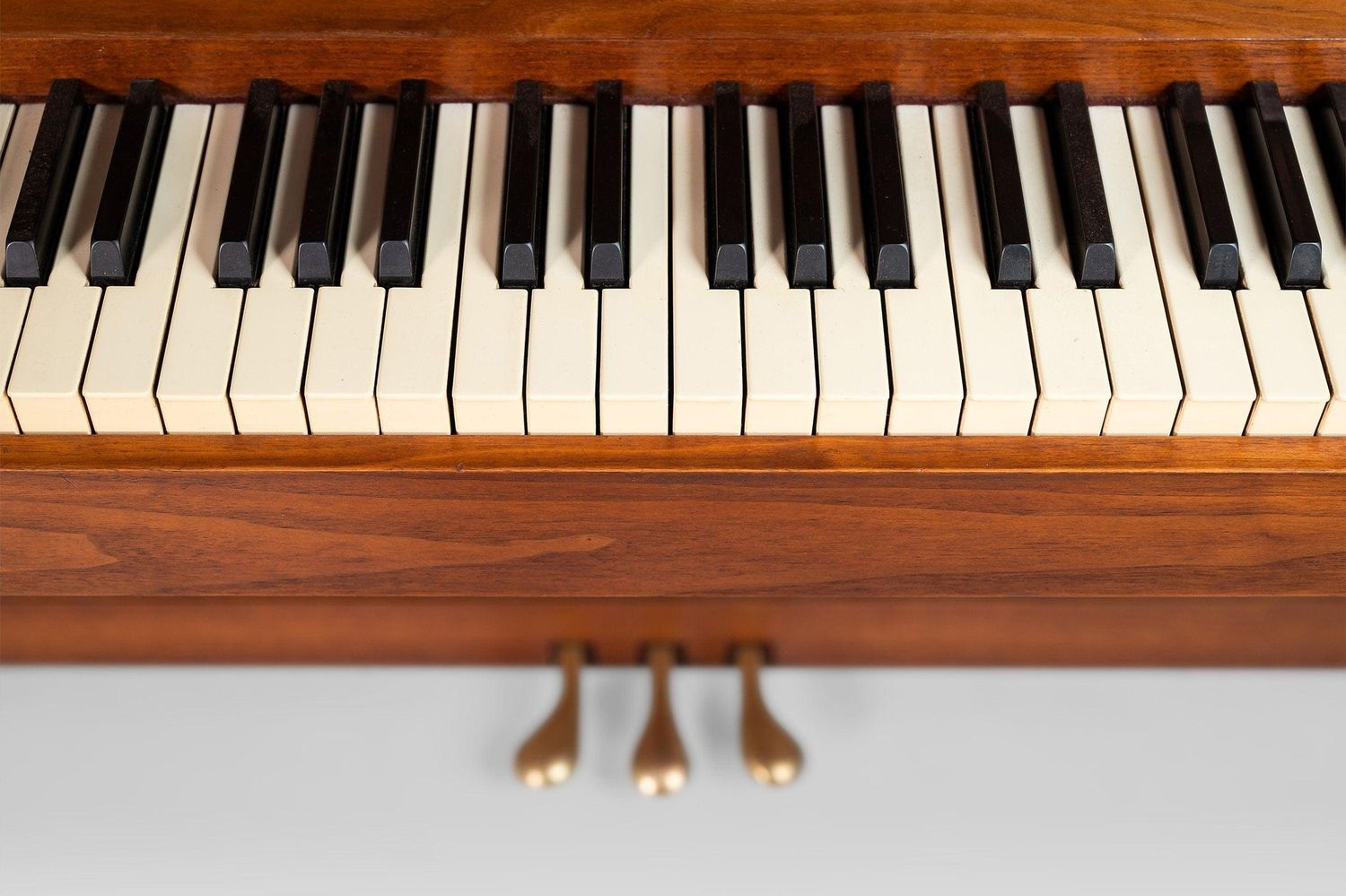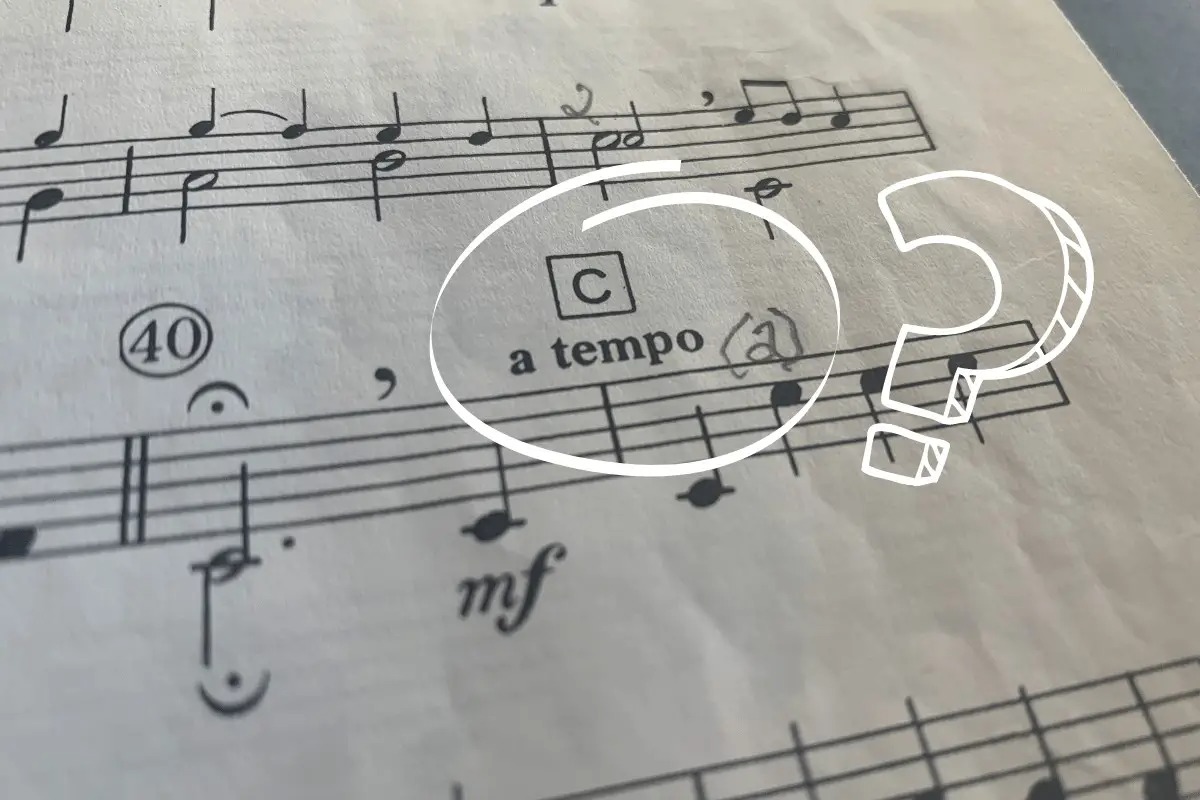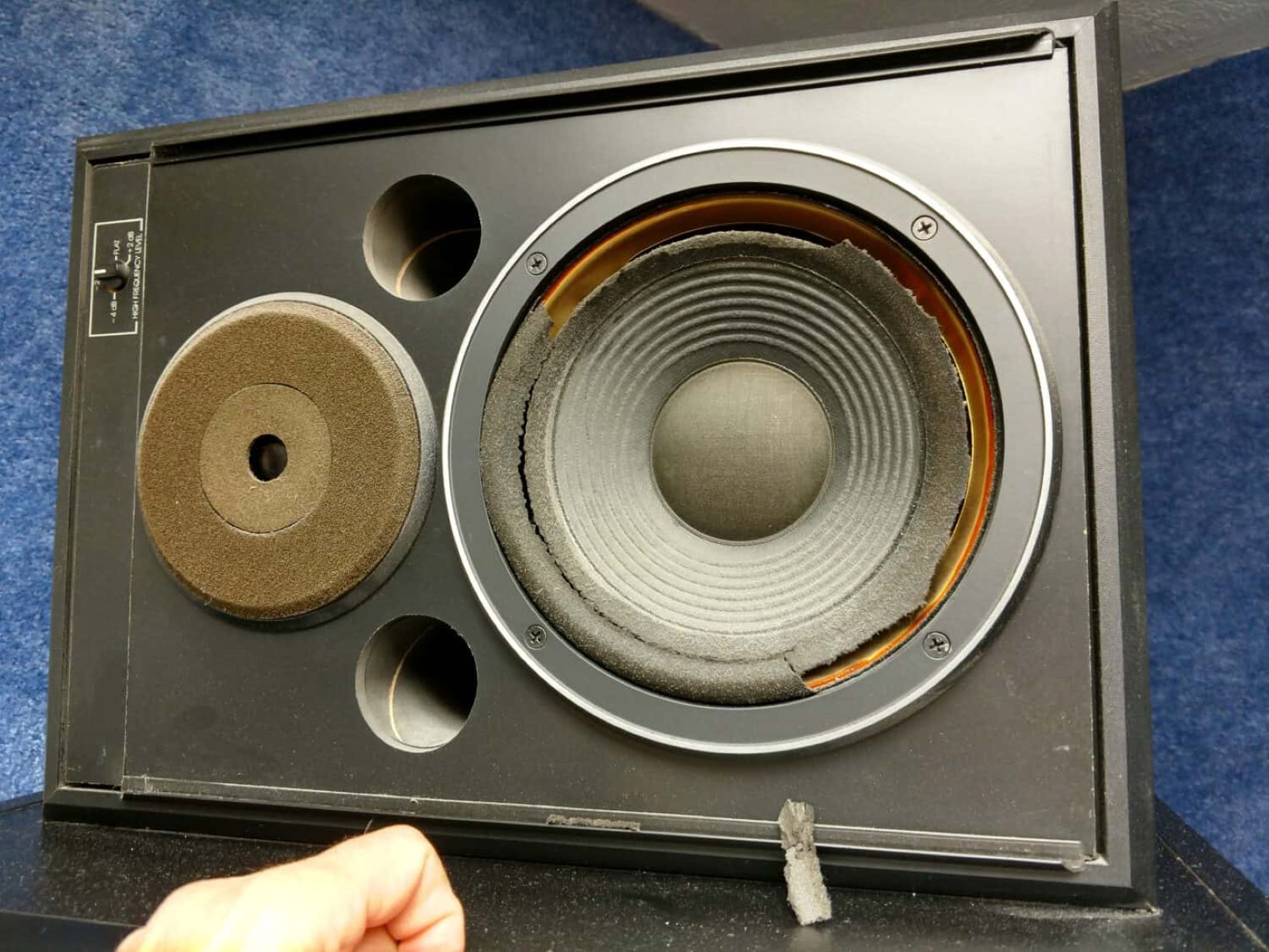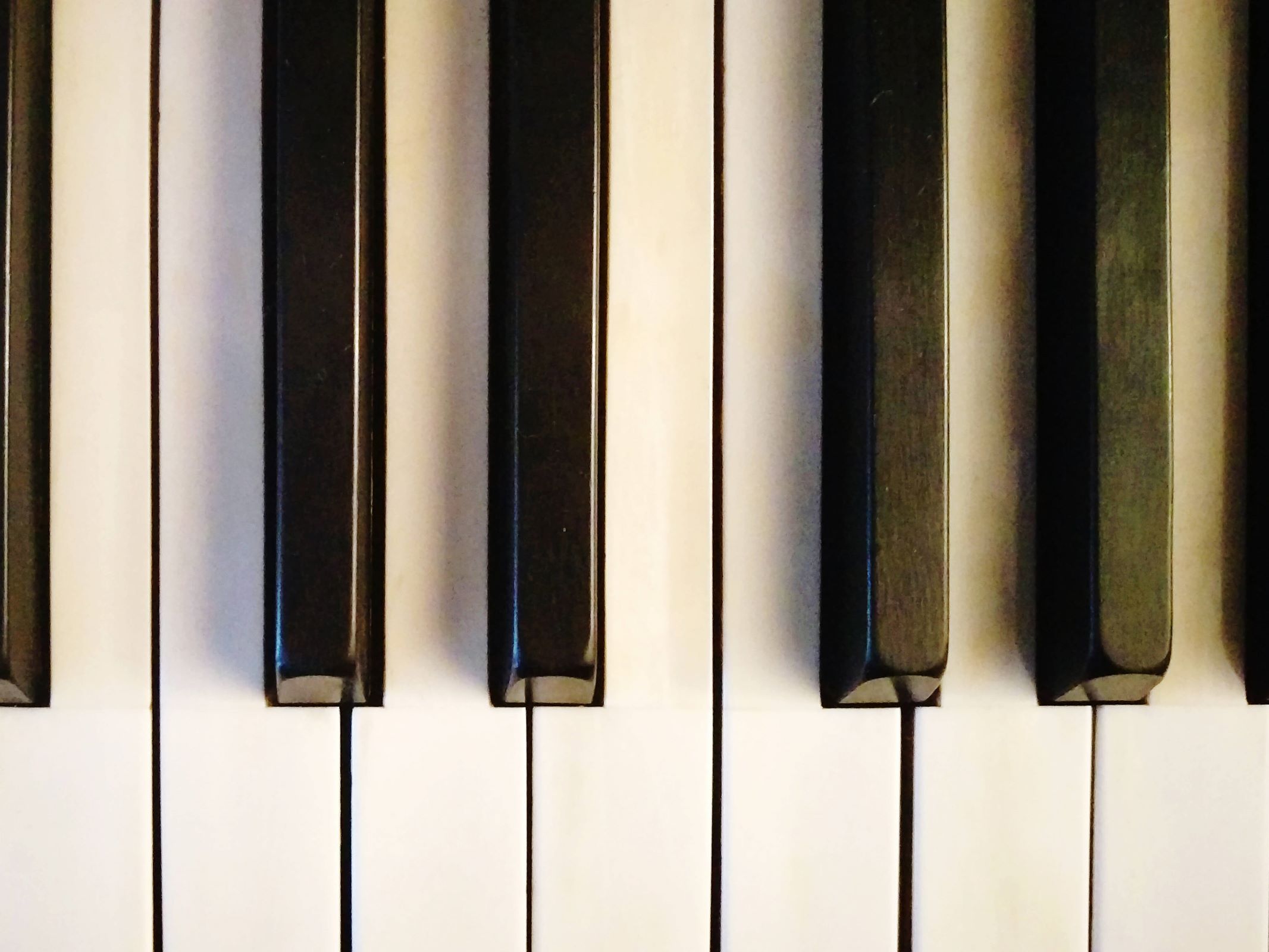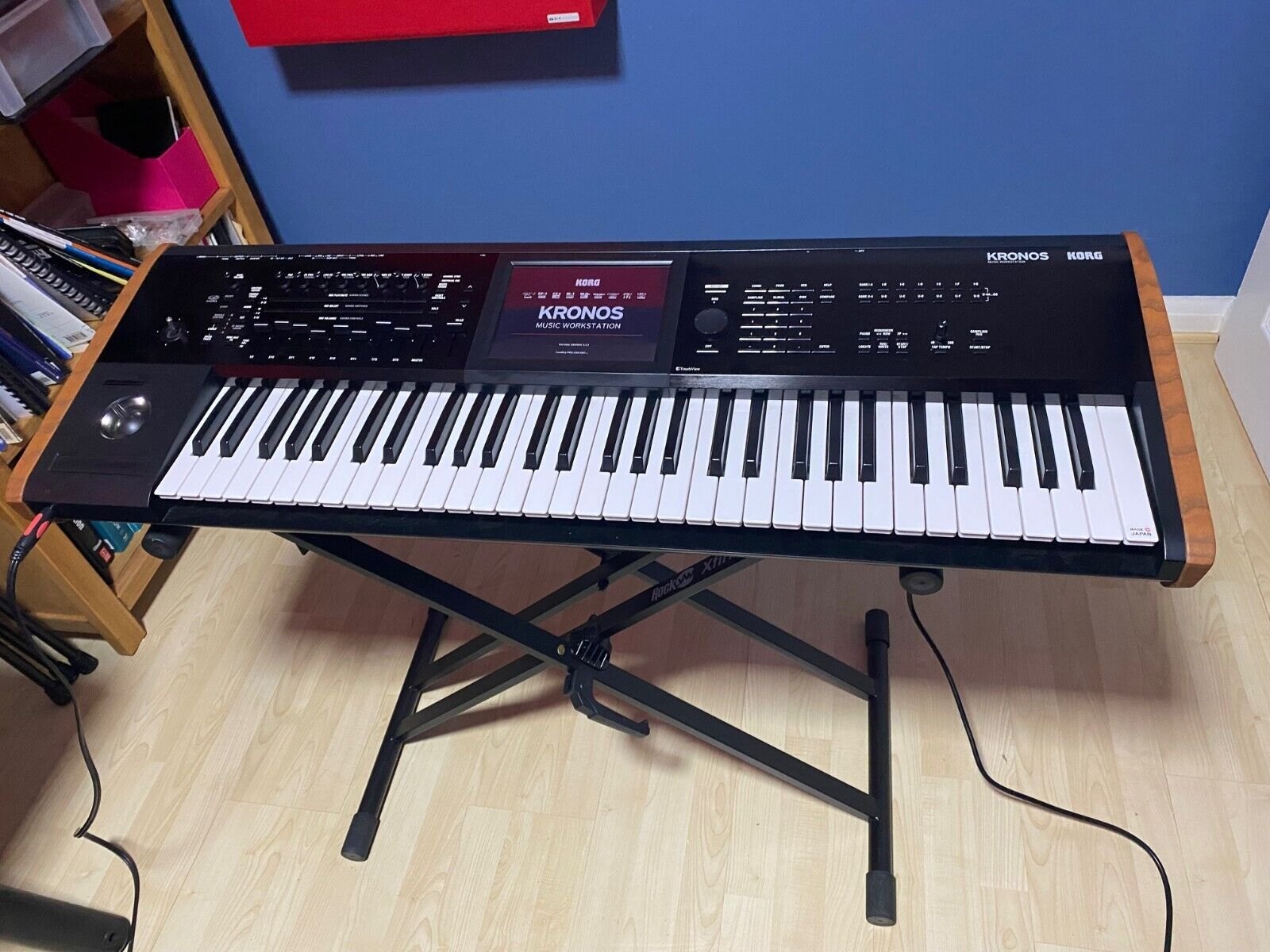Home>Events & Info>Acapella>How To Tell What Key An Acapella Is In


Acapella
How To Tell What Key An Acapella Is In
Published: January 3, 2024
Learn how to determine the key of an acapella effortlessly. Gain the knowledge needed to harmonize and mix vocals effectively with this simple guide.
(Many of the links in this article redirect to a specific reviewed product. Your purchase of these products through affiliate links helps to generate commission for AudioLover.com, at no extra cost. Learn more)
Table of Contents
Introduction
When it comes to acapella music, one of the key elements that determines its overall sound and harmony is the key in which it is sung. Knowing the key of an acapella track is crucial for various reasons, including transposing the song to a different key, harmonizing with other instruments or vocalists, or simply understanding the musical structure.
However, determining the key of an acapella track may not always be straightforward, especially if you don’t have advanced musical training. But fear not, as there are several methods you can use to accurately identify the key of an acapella song, even if you don’t have a musical background.
In this article, we will explore four different methods that can help you identify the key of an acapella track. We will cover using a keyboard or piano, utilizing online key detection tools, relying on your musical ear and relative pitch, as well as analyzing the chord progression. By the end of this article, you’ll be equipped with the knowledge and techniques to confidently determine the key of any acapella song.
Method 1: Using a Keyboard or Piano
One of the most reliable methods to identify the key of an acapella track is by using a keyboard or piano. This method requires some basic knowledge of musical notes and their corresponding positions on the keyboard.
Here’s how you can use a keyboard or piano to determine the key:
- Listen to the acapella track and try to identify the main melody or the lowest note being sung.
- Find the position of that note on the keyboard or piano. Start by locating the white key labeled “Middle C.” From there, you can determine the placement of other notes.
- Play the melody note by note on the keyboard or piano, starting from the identified note. Pay attention to the relationship between the notes and try to determine if they sound harmonious or dissonant.
- Once you have played several notes in succession, you can start to identify patterns and the overall tonality of the song.
- Based on the tonality, continue experimenting with playing chords on the keyboard or piano that complement the melody. This can help confirm the key of the acapella track.
Using a keyboard or piano is a great method for accurately determining the key of an acapella song, as it allows you to physically play the melody and test different chords in relation to the melody. This method can be especially helpful if you have a basic understanding of music theory.
Method 2: Using an Online Key Detection Tool
If you don’t have access to a keyboard or piano or if you prefer a more automated approach, using an online key detection tool can be a convenient and accurate way to determine the key of an acapella track.
Here’s how you can use an online key detection tool:
- Find a reputable online key detection tool. There are several free options available on the internet.
- Upload or input the acapella track into the key detection tool.
- The tool will then analyze the audio and provide you with the key information.
- Make sure to take note of any additional details provided by the tool, such as the confidence level of the key detection.
Using an online key detection tool can save you time and effort, especially if you’re not familiar with musical notes or instrument playing. These tools use sophisticated algorithms to analyze the audio and provide accurate results. However, it’s important to note that the accuracy of the key detection can vary depending on the audio quality and complexity of the acapella track.
If you choose to use an online key detection tool, be sure to check multiple sources and compare the results to ensure accuracy. Additionally, consider using this method as a complement to other methods to increase confidence in the identified key.
Method 3: Using a Musical Ear and Relative Pitch
Developing a musical ear and being able to recognize relative pitch is a valuable skill when it comes to identifying the key of an acapella track without the need for any external tools or instruments. This method relies on your ability to perceive and compare different musical tones.
Here’s how you can use your musical ear and relative pitch to determine the key:
- Listen to the acapella track attentively. Focus on the overall tonal center and any recurring notes or melodies.
- Try to mentally recreate the melody or specific notes in your mind.
- Using your voice, hum or sing along with the acapella track, trying to match the pitch of the notes you hear.
- Once you have found a note that feels comfortable and matches well with the acapella track, try to identify its relationship to the other notes. Is it higher or lower?
- Compare this note to a reference note, such as the middle C on a piano or a known musical key.
- Based on the relationship between the notes and your reference point, you can determine the key of the acapella track.
Developing your musical ear and relative pitch takes time and practice. It involves training your brain to recognize and differentiate various musical intervals and relationships. The more you practice, the better your ear becomes at identifying the key of a song accurately.
This method might require a deeper understanding of music theory and intervals, but with patience and practice, you can develop the ability to identify the key of an acapella track solely based on your musical ear and relative pitch.
Method 4: Analyzing the Chord Progression
Another effective method to determine the key of an acapella track is by analyzing the chord progression. The chord progression refers to the sequence of chords that accompany the melody.
Here’s how you can analyze the chord progression to identify the key:
- Listen to the acapella track and try to identify the chords being played or implied.
- Pay attention to the chords that are repeated most frequently or have a prominent presence in the song.
- Once you have identified the chords, try to determine their relationship to the overall tonal center.
- Compare the identified chords to common chord progressions and their corresponding keys, such as the I-IV-V or the I-VI-II-V.
- Based on the consistency and stability of the chords, you can deduce the key of the acapella track.
Analyzing the chord progression requires a basic understanding of music theory and common chord progressions. By identifying the chords used in the acapella track and understanding their function within a particular key, you can accurately determine the key of the song.
This method may involve some trial and error, but with practice and familiarity with various chord progressions, you will become more adept at identifying the key solely by analyzing the chord progression in an acapella track.
Conclusion
Determining the key of an acapella track is essential for musicians, singers, and producers to effectively work with the song. While it may seem daunting at first, there are several methods you can employ to successfully identify the key.
In this article, we explored four different methods: using a keyboard or piano, utilizing online key detection tools, relying on your musical ear and relative pitch, and analyzing the chord progression. Each method offers its own advantages and can be used individually or in combination to enhance accuracy.
Using a keyboard or piano allows for a hands-on approach, enabling you to physically play and test notes and chords in relation to the melody. Online key detection tools provide a convenient automated solution, especially for those without musical training or access to instruments. Developing your musical ear and relative pitch empowers you to rely on your instincts and perception of musical intervals. Analyzing the chord progression taps into your understanding of music theory and common chord progressions.
By mastering these methods and practicing regularly, you will become more proficient at identifying the key of an acapella track. Whether you’re transposing the song, harmonizing with other instruments or vocalists, or simply deepening your understanding of music, knowing the key is invaluable.
Remember, be patient with yourself as you embark on this journey. With time and experience, you will gain confidence in determining the key of any acapella track, unleashing your musical creativity and potential.

